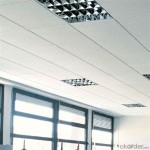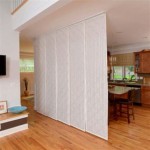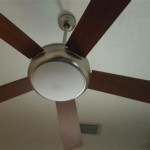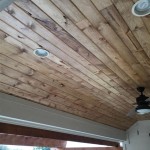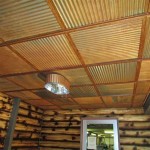Why Did Victorians Build High Ceilings In Homes?
It's almost as if they were trying to reach for the heavens. Victorian homes are known for their soaring ceilings, which can often reach heights of 12 feet or more. But why did the Victorians build such high ceilings? There are actually several reasons.
1. To show off their wealth. In the Victorian era, high ceilings were a sign of wealth and status. The taller the ceilings, the more impressive the home. This is because high ceilings required more materials and labor to build, so only the wealthy could afford them.
2. To create a sense of grandeur. High ceilings make a room feel larger and more impressive. This was important for the Victorians, who often entertained guests in their homes. A room with high ceilings would make a strong impression on guests and show off the homeowner's wealth and status.
3. To improve ventilation. High ceilings help to circulate air, which is important for keeping a home cool and comfortable in the summer. This was especially important in the Victorian era, when homes were often heated by fireplaces and stoves. The high ceilings would help to distribute the heat evenly throughout the home.
4. To accommodate large furniture. Victorian furniture was often very large and bulky. High ceilings were necessary to accommodate this furniture without making the room feel cramped.
5. To create a sense of drama. High ceilings can create a sense of drama and excitement in a room. This was important for the Victorians, who loved to entertain and impress their guests. A room with high ceilings would be the perfect setting for a party or a ball.
High ceilings are one of the most distinctive features of Victorian homes. They are a testament to the wealth, status, and architectural ingenuity of the Victorians. If you're lucky enough to live in a Victorian home with high ceilings, appreciate their beauty and enjoy the sense of grandeur they create.

High Ceilings In Old Houses Looking For Documentation Page 2 The Historic District

What Makes A Victorian Style House

How To Improve Flow And Modernise A Victorian House

Victorian House Home Architecture Style

Victorian Interior The Classiest Of All Time

Victorian House Home Architecture Style

What Is A Victorian Style House Bankrate

Lighting For A Victorian Terrace Soho Blog

The Architect S Guide To Extending Refurbishing A Victorian House Urbanist Architecture Small Company London
Scouty Large Interior High Ceilings Unique Victorian Home With 70s 80s Features
Related Posts



